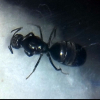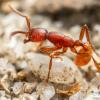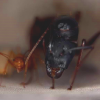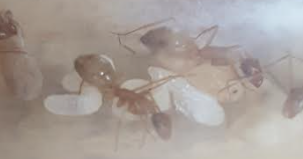I was browsing this ant photography site (and I strongly recommend it!)
https://ant-photo.eu.../formica-fusca/
When I realized on the photos that some pupae create a cocoon and some others don't.
From my observations on my two colonies, my pupae have no cocoon, they are "naked".
Why is that? Why some pupae spin a cocoon and mine don't?
I've seen a video somewhere where ants bury the pupae in sand to help them spin their cocoon.
Both my colonies have sand from the place from where I caught their queens.
One colony has sand nearby, the other one has it but outside of the formicarium, but still accessible.
Any hints on this behavior? Thanks guys!




















